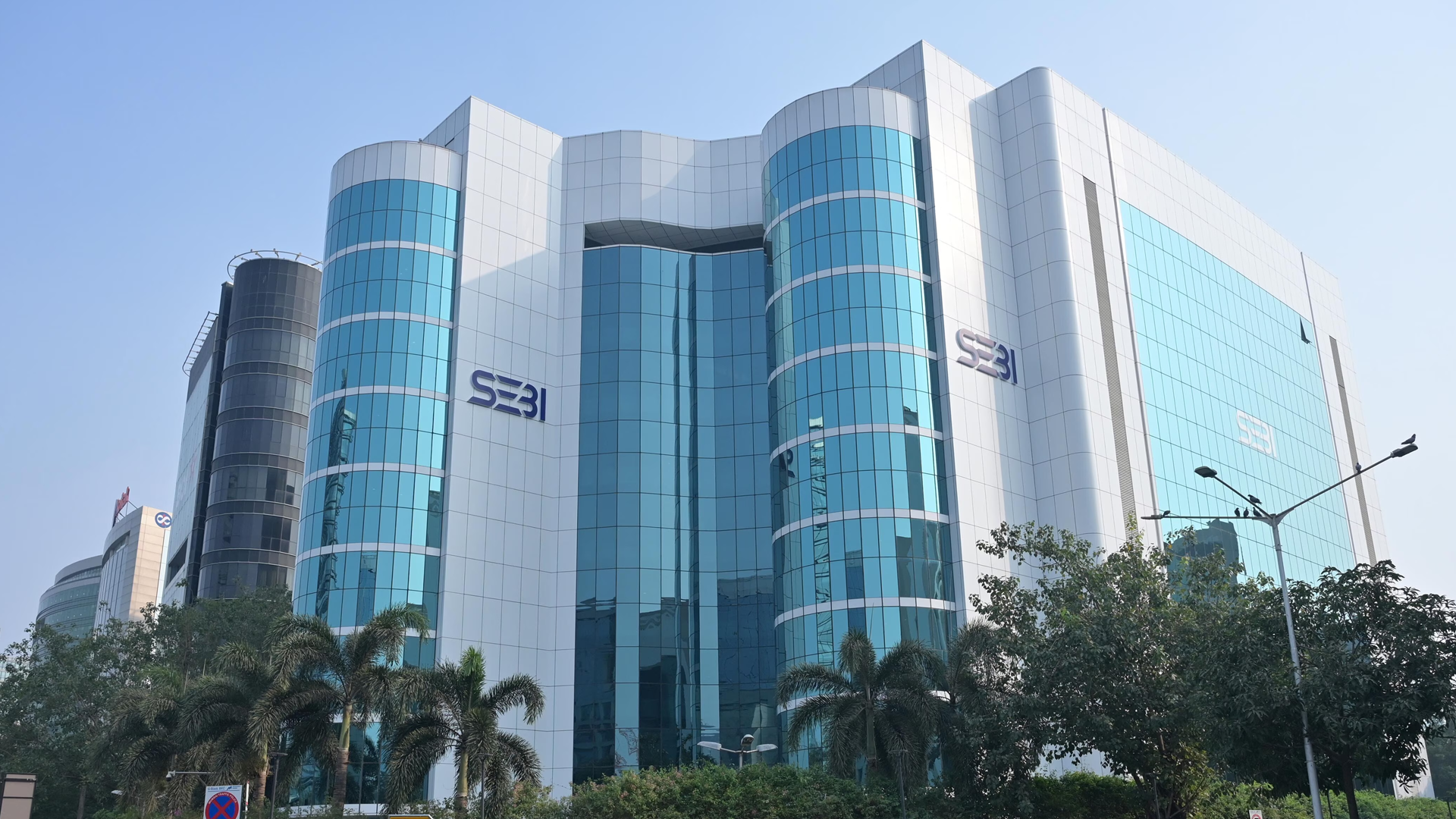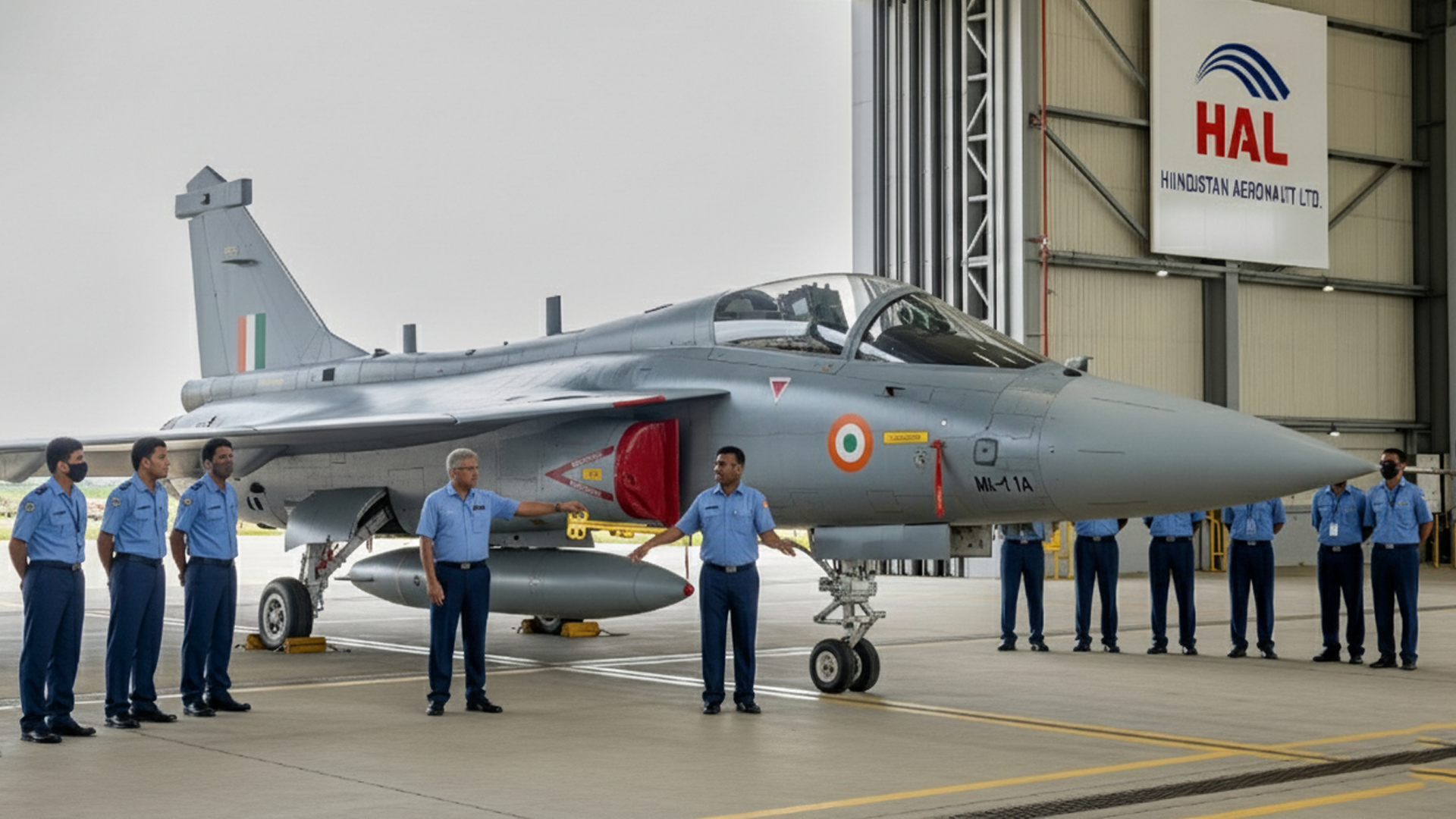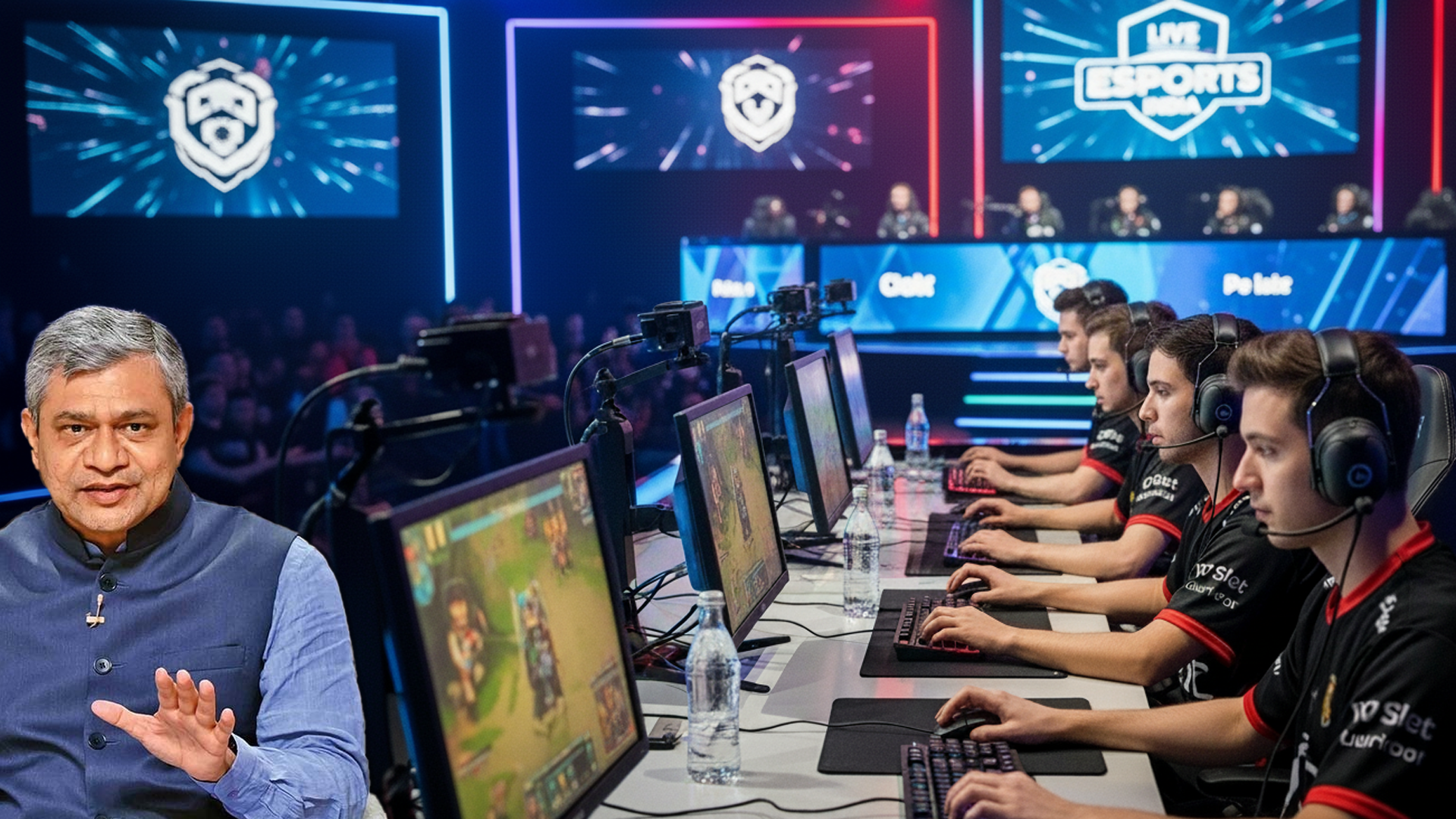SEBI Tightens Equity Derivatives Rules After Jane Street Ban
Under the new framework, SEBI has set an intraday net position limit of ₹5,000 crore per entity in index options, a substantial increase from the previous end-of-day limit of ₹1,500 crore.

The Securities and Exchange Board of India (SEBI) has announced new regulations to strengthen oversight of intraday positions in equity derivatives, effective October 1, 2025. These measures follow the regulator's temporary ban on U.S.-based high-frequency trading firm Jane Street, which was accused of manipulating Indian markets and causing significant losses for retail investors.
Under the new framework, SEBI has set an intraday net position limit of ₹5,000 crore per entity in index options, a substantial increase from the previous end-of-day limit of ₹1,500 crore. Additionally, gross intraday exposure is capped at ₹10,000 crore, applied separately to long and short positions. To enforce compliance, stock exchanges are required to monitor trading through at least four random snapshots during the trading day, including one between 2:45 p.m. and 3:30 p.m., when trading activity typically peaks.
Entities that breach these limits will be subject to scrutiny, with stock exchanges examining trading patterns and seeking explanations for such positions. Any violations on the day of contract expiry will attract penalties, the quantum of which will be decided by the respective stock exchange.
The new rules aim to curb excessive risk-taking and bring more oversight to high-frequency trading activities. SEBI's move reflects a broader push to ensure market stability and investor protection amid growing volumes and complexities in the trading of derivative instruments.








